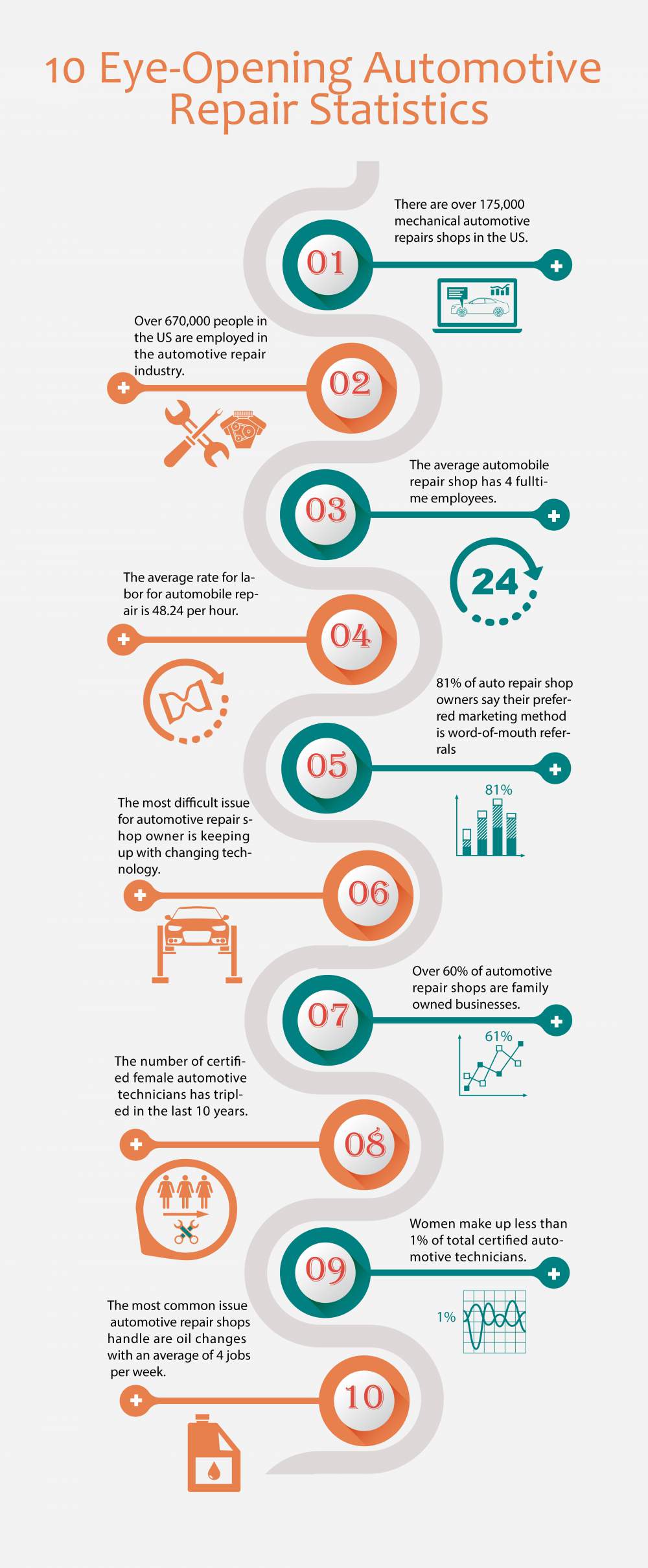Eager To Understand What The Dashboard Warning Lights In Your Auto Represent? Explore Their Significances For The Wellness And Safety Of Your Car
Eager To Understand What The Dashboard Warning Lights In Your Auto Represent? Explore Their Significances For The Wellness And Safety Of Your Car
Blog Article
Material Author-Lim Alvarado
When you're behind the wheel, those beautiful warning lights on your dashboard can be a little bit perplexing. Do you understand what they're attempting to tell you regarding your vehicle's health? Comprehending https://www.newyorker.com/magazine/2022/07/25/the-vw-bus-took-the-sixties-on-the-road-now-its-getting-a-twenty-first-century-makeover of these lights is vital for your safety and the longevity of your lorry. So, the following time one of those lights turns up, would not you want to understand its message precisely and take the necessary actions to resolve it?
Common Caution Lights and Interpretations
Recognize usual warning lights in your automobile and comprehend their definitions to make sure risk-free driving.
One of the most regular warning lights consist of the check engine light, which indicates issues with the engine or exhausts system. If this light begins, it's crucial to have your automobile checked promptly.
The oil pressure alerting light suggests reduced oil pressure, needing immediate interest to avoid engine damages.
https://electricbrakes17384.blogpayz.com/32167604/exactly-how-to-pick-the-right-auto-detailing-service-for-your-requirements blinking battery light could recommend a damaged charging system, possibly leaving you stranded otherwise dealt with.
The tire pressure surveillance system (TPMS) light informs you to low tire pressure, affecting lorry security and fuel effectiveness. Ignoring this can lead to dangerous driving conditions.
The abdominal light shows a problem with the anti-lock stopping system, endangering your capability to quit swiftly in emergency situations.
Last but not least, the coolant temperature level cautioning light warns of engine overheating, which can result in serious damage if not dealt with quickly.
Comprehending these usual caution lights will help you attend to concerns immediately and preserve safe driving conditions.
Relevance of Prompt Interest
Understanding the common caution lights in your automobile is just the first step; the significance of quickly resolving these warnings can not be stressed enough to ensure your safety and security when driving.
When a caution light brightens on your dashboard, it's your vehicle's method of communicating a prospective issue that requires focus. Ignoring these cautions can result in more severe troubles later on, jeopardizing your safety and potentially costing you more out of commission.
Trigger attention to cautioning lights can avoid failures and mishaps. As an example, a flashing check engine light could indicate a misfire that, if left neglected, can trigger damages to the catalytic converter. Addressing this without delay can save you from an expensive repair service.
Similarly, a brake system alerting light may signal low brake fluid or used brake pads, important parts for your security when driving.
DIY Troubleshooting Tips
If you notice a caution light on your dashboard, there are a few DIY fixing ideas you can try before seeking expert help.
The first step is to consult your automobile's guidebook to recognize what the particular warning light suggests. In some cases the problem can be as simple as a loosened gas cap causing the check engine light. Tightening the gas cap might solve the issue.
An additional usual problem is a reduced battery, which can activate various warning lights. Checking the battery links for rust and ensuring they're protected could take care of the issue.
If a warning light continues, you can try resetting it by detaching the car's battery for a couple of mins and after that reconnecting it. In addition, examining your car's fluid degrees, such as oil, coolant, and brake fluid, can help troubleshoot advising lights connected to these systems.
Verdict
Finally, recognizing your vehicle's caution lights is vital for keeping your automobile running efficiently and safely. By immediately dealing with these signals and knowing what they mean, you can prevent costly fixings and potential failures.
Remember to consult your automobile's handbook for specific details on each alerting light and do something about it appropriately to make certain a hassle-free driving experience.
Stay educated, remain secure on the road!
